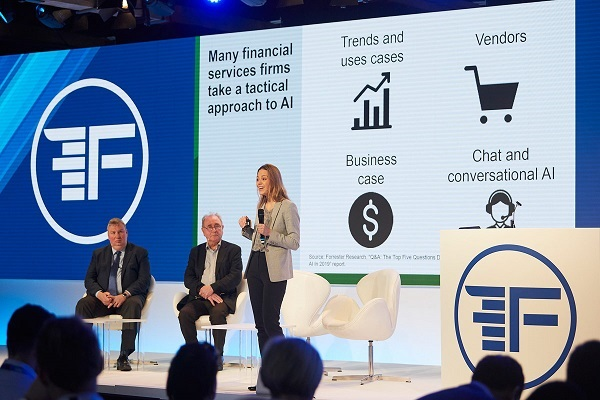There has never been a better time for innovation in financial services, yet most financial institutions struggle to build lasting, profitable relationships with their customer base. New ideas abound, yet actually implementing those new ideas, let alone realizing their financial promise remains elusive.
It was the best of times, it was the worst of times, it was the age of wisdom, it was the age of foolishness, it was the epoch of belief, it was the epoch of incredulity, it was the season of Light, it was the season of Darkness, it was the spring of hope, it was the winter of despair, we had everything before us, we had nothing before us, we were all going directly to Heaven, we were all going direct the other way.
Why?
One of the reasons is that so many of our industry’s innovations have been about improving transactions, not relationships.
We can access our accounts 24 hours a day, 7 days a week. We can move money from point A to point B with speed and precision. We can access tax, investment and financial planning advice from software and online experts.
So what?
Sometimes we still can’t find what we’re looking for. Sometimes we don’t want to do it all ourselves. Sometimes we want a little help. Sometimes we want to just talk to a professional who will actually listen.
Customers today have many choices, and merely offering the usual menu of products and services will not create a compelling reason for them to choose your financial institution from the sea of similar offerings.
It’s not about your branch, or your ATM network or even your mobile banking platform. Those are just “dumb pipes”.
From transactions to relationships
But what if we spent just a little of our innovative energy on improving the relationships customers have with their financial providers?
What do we need to do to move from transactions to relationships? There are four imperatives:
We have to shift our mindset from execution to diagnosis. In healthcare terms, it’s shifting from handing out prescriptions and treating symptoms to really understanding the underlying causes.
We have to consciously build trust and loyalty with our customers. We have to think beyond the transaction, or even a successful series of transactions, and take the necessary steps to have our clients perceive– and believe— that we are worthy of their trust and loyalty.
We have to move from product development– you know, that process where you launch a product that your team has been asking for, then point fingers internally when the financial results fail to meet expectations– to customer development. Customer development is an approach that makes sure that you are solving a problem or meeting a need that your paying customers actually care about.
We have to engage the ecosystem. No product or service exists in a vacuum. Before we launch anything, we need to make sure that we are solving a problem our customers want solved, we have to understand the role our internal and external partners play in the process and we have to know what the value chain looks like and where we fit in. We also want to make sure we avoid any co-innovation risk and adoption risk along the way.
It’s not rocket science, but it is a big change from the way most financial institutions do business. If we can do those things well, we can begin to create value in our relationships and we can innovate new paths to profitable growth.
This article originally appeared here. Republished with permission. Submit your copyright complaints here.























